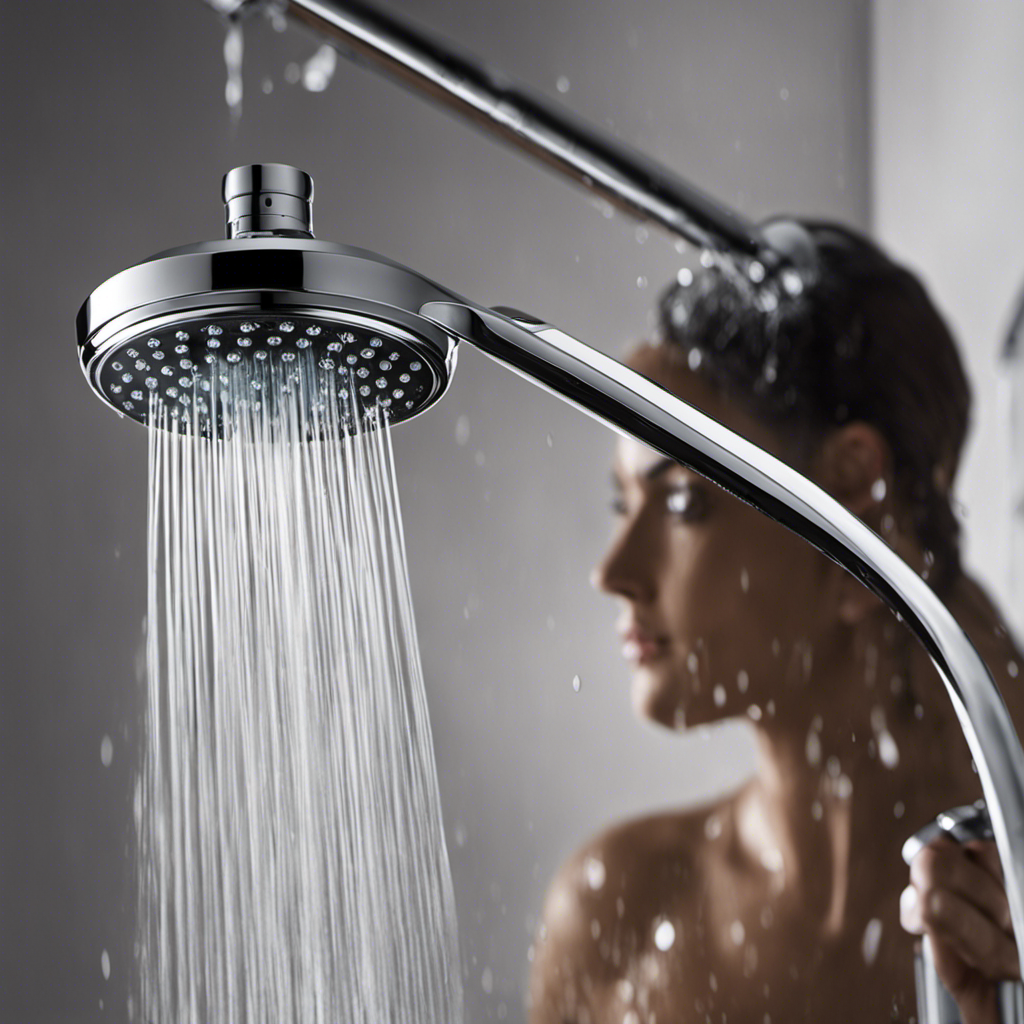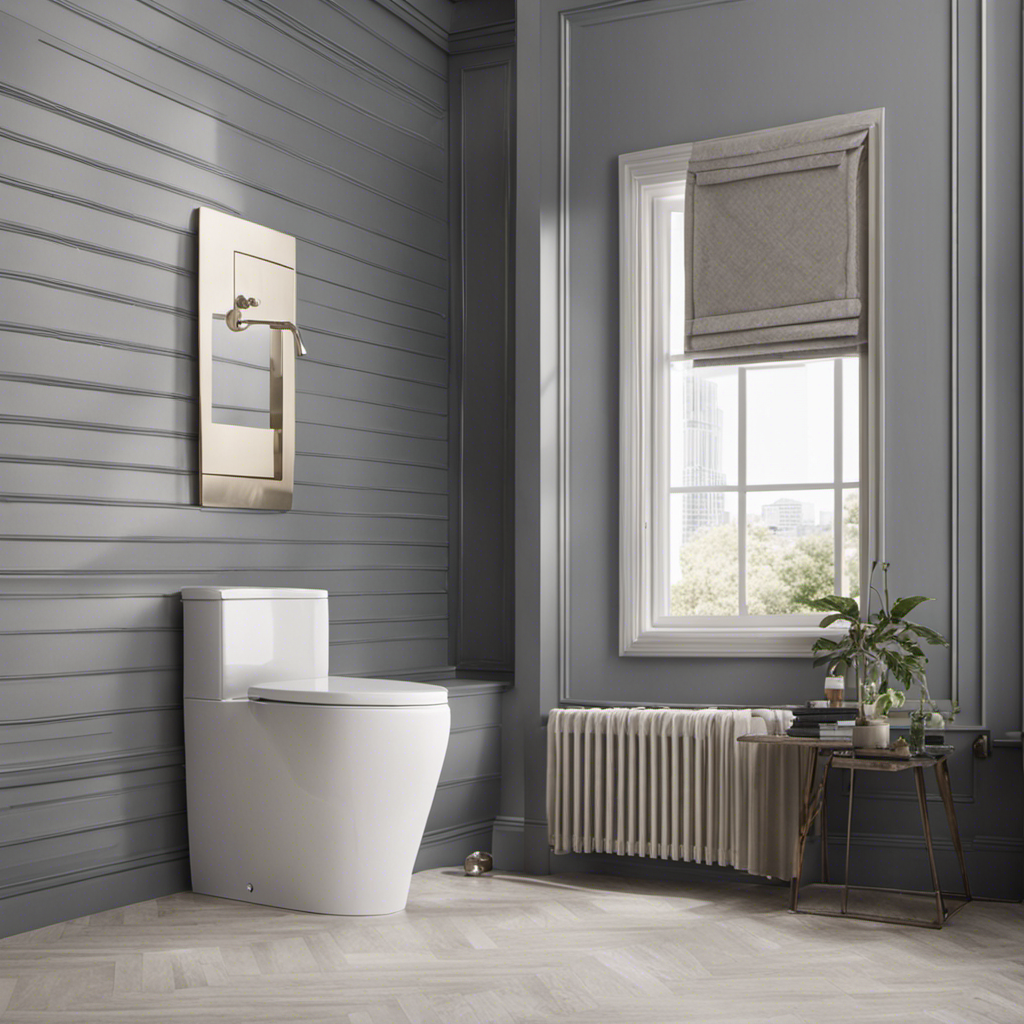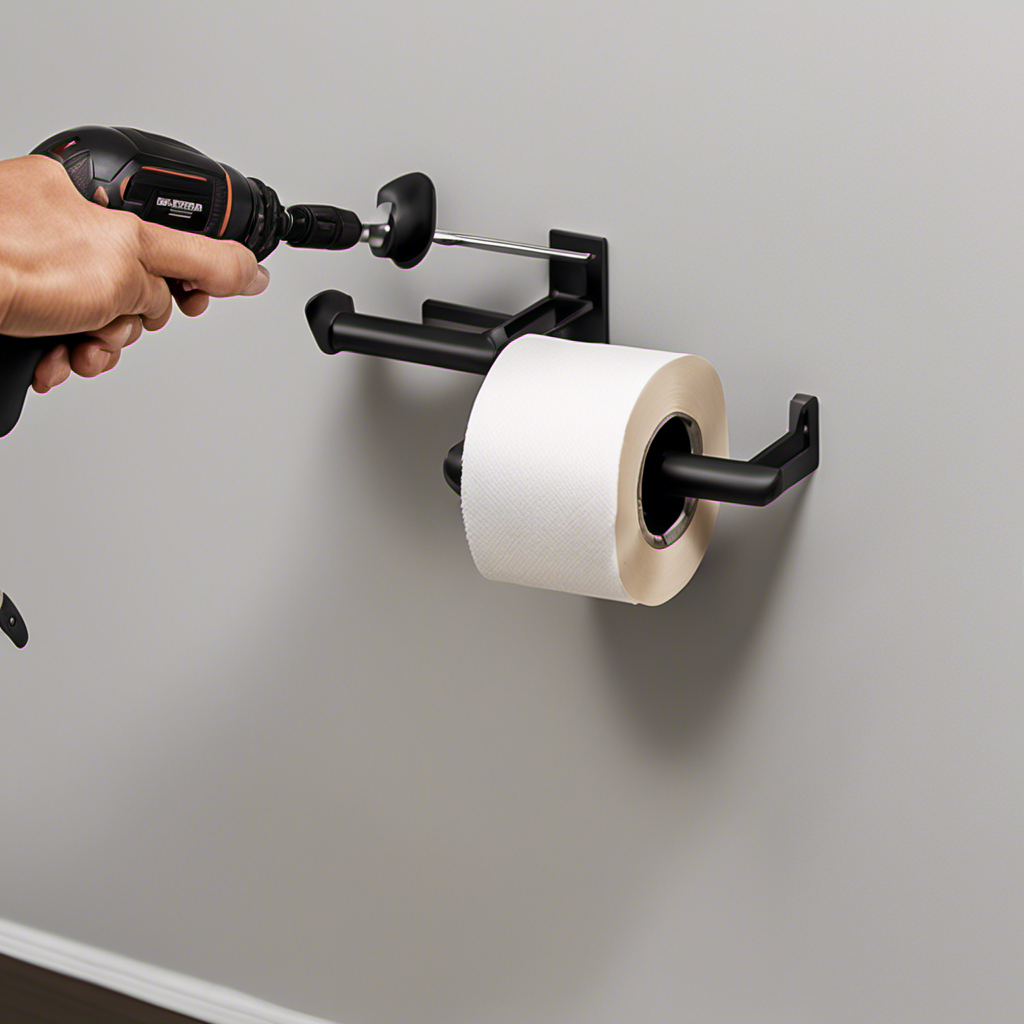Flow restrictors, those tiny devices that impede the flow of water and air in our showerheads and faucets, can be a thorn in the side of anyone seeking a more invigorating shower experience. Fortunately, removing these restrictors is a straightforward endeavor that can be accomplished by anyone armed with the necessary tools.
In this article, we will explore the step-by-step process of upgrading your showerhead by removing the flow restrictor.
So, let’s dive in and discover how to unleash the full potential of your shower!
Key Takeaways
- Flow restrictors are commonly found in shower heads and sinks in residential settings.
- Identifying flow restrictors can be challenging due to the variety of brands and replacement parts.
- Removing a flow restrictor is a simple task that can be done with basic tools.
- Reassembling the showerhead after removing the flow restrictor involves replacing the O-ring, cleaning the shower screen, and applying Teflon tape for a tighter seal.
Why Remove Flow Restrictors
People may choose to remove flow restrictors from their showerheads to improve water pressure and increase the overall showering experience. The benefits of keeping flow restrictors include conserving water and reducing utility bills. Flow restrictors help to limit water consumption by reducing the amount of water that comes out of the showerhead. This is especially important in areas with water scarcity or high water costs.
However, removing flow restrictors can have its pros and cons. On the positive side, removing flow restrictors can significantly increase water pressure, resulting in a more invigorating shower experience. It can also allow for faster rinsing and easier cleaning of the shower.
However, removing flow restrictors can lead to excessive water usage and wastage, which can negatively impact the environment and increase water bills. It is important for individuals to weigh the benefits and drawbacks before deciding to remove flow restrictors from their showerheads.
Tools Needed for Removing Flow Restrictors
The necessary tools for this task include an adjustable wrench, rag or towel, paper clip, Teflon tape, and needle-nose pliers (optional). These tools are essential for removing flow restrictors from showerheads.
However, there are alternatives to removing flow restrictors if you don’t have these tools readily available. One alternative is using a pair of pliers or a wrench to carefully twist and remove the flow restrictor. Another alternative is using a small screwdriver or a knife to pry out the restrictor. It’s important to exercise caution when using these alternatives to avoid damaging the showerhead or injuring yourself.
Additionally, it’s recommended to use Teflon tape when reassembling the showerhead to ensure a tight seal and prevent leaks.
Step-by-Step Guide to Removing the Showerhead
Using an adjustable wrench, the user loosens the nut or twists the showerhead off by hand to remove it from the arm pipe. This step is crucial in the process of removing a flow restrictor.
Once the showerhead is detached, the user should inspect it for a small mesh screen. If present, the screen should be pried loose and set aside for reassembly later. If the showerhead does not have a screen, it may have an O-ring, which can be removed using a paper clip or needle-nose pliers.
The O-ring should be examined for any damage or decay and replaced if necessary. After removing the screen or O-ring, the flow restrictor can be located and gently removed with a paper clip.
Inspecting and Removing the Flow Restrictor
Inspecting and removing the flow restrictor is a crucial step in improving water pressure and maintaining a clean showerhead. Here are some important points to consider:
-
Pros of Flow Restrictors:
-
Water conservation: Flow restrictors help reduce water consumption, which is beneficial for the environment and can lower water bills.
-
Compliance with regulations: Many areas have regulations that require the installation of flow restrictors to conserve water resources.
-
Cons of Flow Restrictors:
-
Reduced water pressure: Flow restrictors limit the amount of water that can flow through the showerhead, resulting in lower water pressure.
-
Less enjoyable shower experience: Some people prefer a stronger water flow for a more satisfying shower.
-
Alternatives to Flow Restrictors:
-
High-pressure showerheads: These showerheads are designed to provide a powerful and invigorating shower experience without the need for flow restrictors.
-
Water-saving showerheads: These showerheads are engineered to provide a satisfying shower while still conserving water by using innovative spray patterns and technology.
Reassembling and Testing the Showerhead
After removing the flow restrictor, the next step is to reassemble the showerhead and test it for any leaks.
Begin by sliding the O-ring back into place after removing the flow restrictor. Ensure that the O-ring is in good condition and replace it if necessary to prevent leaks.
Clean the shower screen before reinstalling it to ensure proper water flow. Apply Teflon tape on the shower arm to form a tighter seal.
Screw the showerhead back onto the shower arm hand-tight, taking care not to overtighten.
Once the showerhead is reassembled, it is important to test the water pressure and check for any leaks. Turn on the water and observe if there are any drips or signs of leakage. If necessary, tighten the showerhead further to prevent any leaks.
Removing the flow restrictor can greatly improve water pressure, providing a more enjoyable shower experience.
Frequently Asked Questions
Is It Necessary to Remove the Flow Restrictor From a Showerhead?
Removing the flow restrictor from a showerhead has pros and cons. The benefits include increased water pressure and a more enjoyable shower experience. However, it may lead to higher water consumption and increased utility bills.
Will Removing the Flow Restrictor Affect Water Conservation Efforts?
Removing the flow restrictor from a showerhead can impact water usage and have environmental implications. It may increase water consumption and negate water conservation efforts, leading to wastage of this precious resource.
Can Removing the Flow Restrictor Cause Damage to the Showerhead?
Removing the flow restrictor can potentially lead to increased water pressure, which may cause damage to the showerhead over time. However, it can also provide a more satisfying shower experience for some individuals.
How Can I Determine if My Showerhead Has a Flow Restrictor or Not?
Determining the presence of a flow restrictor in a showerhead can be challenging due to various brands and replacement parts. Checking for a star-shaped hole or previous removal can help identify it.
Are There Any Potential Risks or Drawbacks to Removing the Flow Restrictor From a Showerhead?
Removing the flow restrictor from a showerhead can increase water pressure, but there are potential risks. It may lead to excessive water consumption, higher utility bills, and damage to plumbing fixtures due to increased water flow.
Conclusion
In conclusion, the removal of flow restrictors in showerheads is a straightforward process that can greatly enhance the showering experience.
By following the step-by-step guide and using the necessary tools, one can successfully remove the restrictor and improve water flow.
This simple upgrade allows for a more refreshing and invigorating shower, akin to a gentle rain washing away the worries of the day.
With the showerhead reassembled and tested, one can enjoy the full potential of their shower, feeling renewed and rejuvenated with each use.










